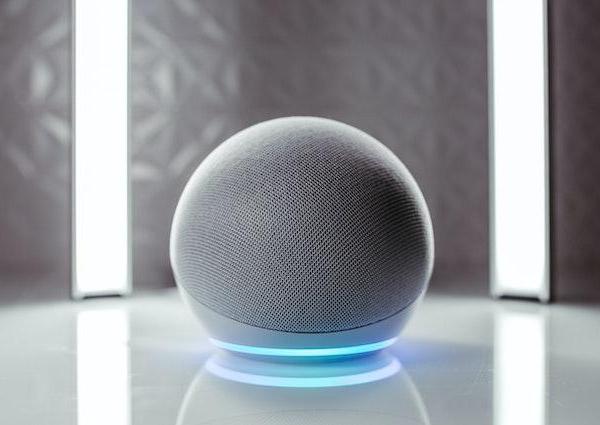At the heart of smart home automation are interconnected devices and sensors that communicate with each other and with central control systems, such as smartphones or voice-activated assistants. These devices can be categorized into various subsystems, including:
1. Home Entertainment: Smart TVs, speakers, and streaming devices enable seamless streaming of multimedia content from multiple sources, controlled through mobile apps or voice commands.
2. Lighting and Climate Control: Smart light bulbs, thermostats, and HVAC systems allow users to adjust lighting levels and room temperatures remotely, optimize energy usage, and create personalized lighting and climate profiles.
3. Security and Surveillance: Smart locks, doorbell cameras, motion sensors, and security cameras offer real-time monitoring of home security, remote access control, and alerts for unauthorized entry or suspicious activity.
4. Home Automation Hubs: Centralized control hubs or smart speakers serve as command centers for managing connected devices, integrating multiple subsystems, and creating custom automation routines.
Smart home automation offers several benefits for homeowners, including:
• Convenience: Automation of routine tasks such as adjusting lighting, temperature, and entertainment systems enhances convenience and simplifies daily life.
• Energy Efficiency: Smart thermostats, lighting controls, and energy monitoring systems help reduce energy consumption, lower utility bills, and minimize environmental impact.
• Security and Peace of Mind: Remote monitoring, alerts, and surveillance capabilities enhance home security and provide peace of mind for homeowners, especially when away from home.
• Customization and Personalization: Smart home automation platforms enable users to create custom automation routines, schedules, and settings tailored to their preferences and lifestyle.
As smart home technology continues to evolve, interoperability, compatibility, and data privacy remain key considerations for homeowners and manufacturers. Open standards and protocols such as Zigbee, Z-Wave, and Wi-Fi Alliance’s Wi-Fi HaLow facilitate seamless integration and communication between devices from different manufacturers, ensuring a cohesive and interoperable smart home ecosystem.
In conclusion, smart home automation offers a glimpse into the future of connected living spaces, where technology seamlessly integrates with daily life to enhance comfort, convenience, and security. As the adoption of smart home technology continues to grow, it is essential for homeowners to stay informed about advancements, standards, and best practices to maximize the benefits of smart home automation while ensuring privacy, security, and interoperability.









